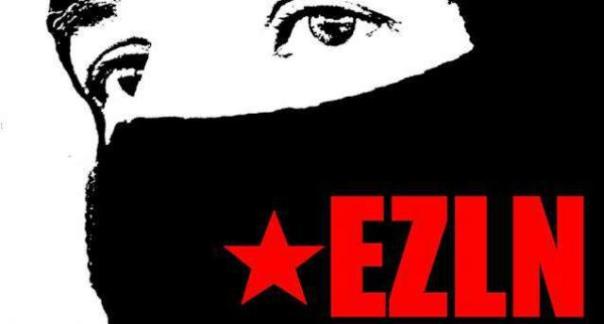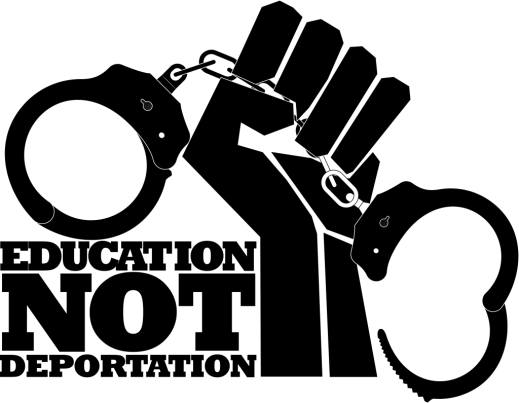Long thought of as the “forgotten” border, the political division between Mexico and Central America is about a 714 mi (1149km) stretch of mostly sparsely populated land—about a third the size of the more (in)famous northern border.
About three-quarters of the southern border is shared with Guatemala, and the highest percentage of that is shared with Chiapas specifically.
For a good part of this month (June 2015), I’ll be staying in the border city of Tapachula to study both the militarization of the border and its impact on this growing city. Located in the incredibly fertile Soconusco region along the Pacific Ocean, Tapachula is the largest city in the border zone, and is currently the second largest city of Chiapas (after that state’s capital, Tuxtla Gutiérrez).
Some other facts and figures relating to Tapachula, Chiapas, and the militarization of the southern border:
Central American Migration
- Over a century of U.S. imperialism in Central America, a brutal period of civil wars in the 1980s, and a continued legacy of government corruption in the region’s Northern Triangle (as witnessed by this year’s large mobilizations in Guatemala and Honduras), continues to prop a humanitarian crisis whose roots are left untouched on all sides of national borders.
- The most-trafficked route for Central American migrants on their way through México has historically begun in Tapachula. (This was highlighted in the acclaimed film about the treacherous northward journey, Sin Nombre (2009).)
Mexico’s Involvement
- Tapachula has the notorious distinction of being home to Latin America’s largest detention facility—the euphemistically-named Estación Migratoria Siglo XXI (“21st Century Immigration Station”).
- While Chiapas isn’t new to militarization—as those who are familiar with the Zapatista revolution are very much aware—the focus on the southern border has resulted in an increase in the number of checkpoints and roadblocks with a concomitant rise in human rights abuses.
- Last year (2014), Mexican president Peña Nieto launched the Programa Frontera Sur –a program purportedly aimed at “protecting” migrants and boosting security that has, in actuality, has done little more than increase migrant “huntings” and deportations.[i]
- According to a report released by the NGO Washington Office on Latin America (WOLA), Chiapas was the Mexican state with the largest number of deportations in 2013 (32,452)[ii]. This has likely increased by several thousands since since the start of the Frontera Sur program.[iii]
United States’ Involvement
- Responding to the growing number of Central American migrants, the U.S. Department of Defense quietly launched a “Mexico-Guatemala-Belize Border Region Program,” with as much as $50 million of counter-drug money being spent on “patrol boats, night vision equipment, communications equipment, maritime sensors, and associated training.” This is in addition to the billions already funneled to the Mexican government since 2008 by way of the Mérida Initiative[iv].
- WOLA’s report also details how the U.S. Immigration and Customs Enforcement (ICE) holds an office in Tapachula, supposedly “to build capacity in the identification of aliens from countries of national security concern.”

An image of the Usumacinta River, between Chiapas and Guatemala. Photo by thelmadatter Licensed under CC by 3.0
[i] http://www.animalpolitico.com/2015/04/programa-frontera-sur-el-discurso-de-derechos-humanos-con-el-que-mexico-caza-a-miles-de-migrantes/
[ii] Washington Office on Latin America (WOLA), 2014: http://www.wola.org/publications/mexicos_other_border
[iv] Federation of American Scientists, 2015: https://www.fas.org/sgp/crs/row/R41349.pdf









